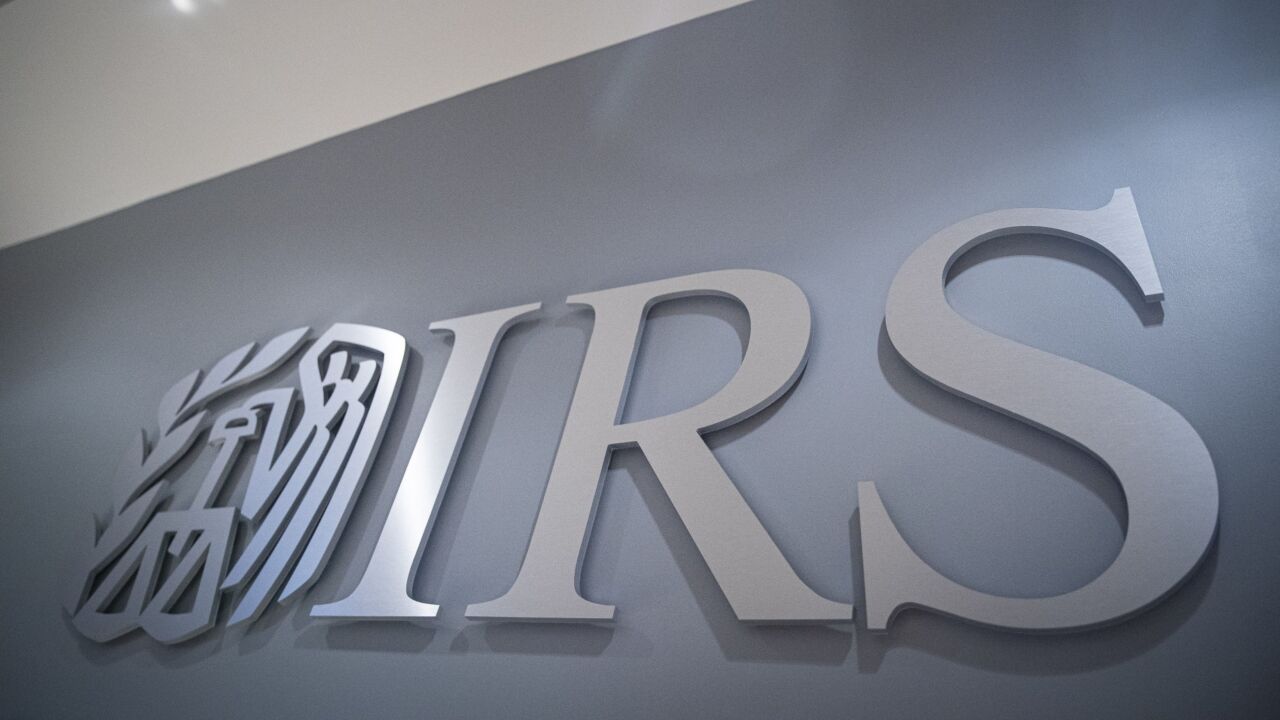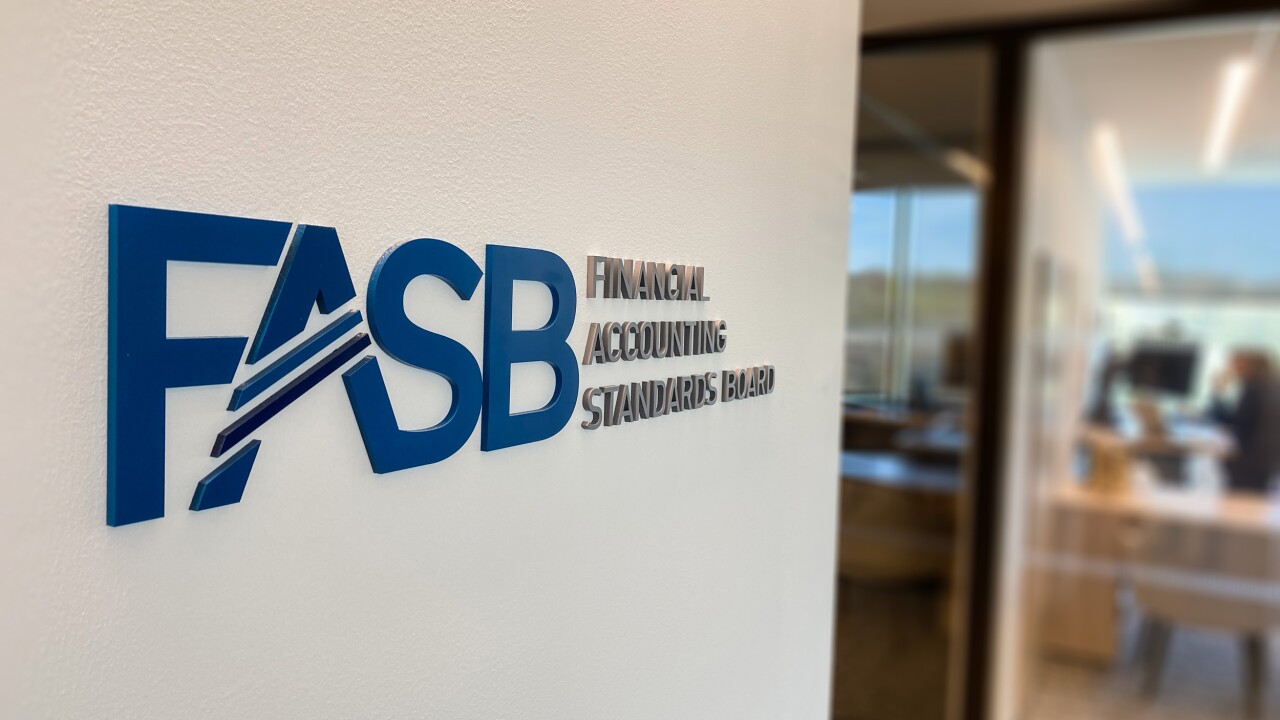The Financial Accounting Standards Board issued a
FASB and the International Accounting Standards Board worked together for about a decade on updating the leasing standard as part of their efforts to converge U.S. GAAP with International Financial Reporting Standards. Early on, they agreed to put operating leases on the balance sheet of most companies for the first time, although they later
The report found that, overall, the leases standard achieved the objective of giving investors and other financial statement users more useful information about a lessee's leasing activities. Nevertheless, the initial costs to implement the lessee requirements, plus the ongoing costs of applying those requirements were far higher than FASB expected at the time it was issued in 2016, mainly because companies' existing systems and processes often weren't able to account for operating leases on the balance sheet.
On the other hand, the report found investors were mostly satisfied with the information provided under the lessor accounting requirements. Most lessor entities didn't experience significant costs in either initially implementing the lessor accounting requirements or applying the requirements on an ongoing basis.
"Although feedback from investors on the usefulness of lessees recognizing lease assets and lease liabilities is mixed, for many investors the lease assets and lease liabilities are a useful starting point that improves comparability of leases across reporting entities," said the report. "The leases standard also addressed the recommendation of the SEC staff in its Report On Arrangements with Off-Balance Sheet Implications. However, the costs to initially implement the lessee requirements along with the ongoing costs to apply those requirements were significantly higher than the Board expected at issuance, primarily because entities' existing systems and processes were often not able to account for operating leases on the balance sheet. In addition, significant time and effort were expended to identify an entity's lease arrangements and incorporate the lease terms into their accounting systems and processes."
To compile the report, FASB staff conducted outreach with over 1,600 people from different backgrounds.
"We recognize our stakeholders' commitment to undertake a high-quality implementation of a major accounting standard and the level of effort necessary for stakeholders of varying sizes to undertake a significant accounting change," stated FASB chair Rich Jones and FASB technical director Jackson Day in their opening letter. "While the Leases PIR process is complete, the FASB's work supporting the application of the leases standard is not. We will continue to monitor and, if appropriate, make improvements to the standard."






